On Tuesday 13 June 2023 over 80 people gathered at The Edge auditorium to hear from a panel of experts on accessibility design.
What makes an expert in this field? A university degree? A job in building codes? A long and distinguished career in designing objects and environments for people with a disability? Perhaps not! This panel of experts represented a lived experience of disability, navigating their world, meeting challenges and advocating for solutions.
The audience overwhelmingly appreciated this thought-provoking event where they could learn from those who live accessibility design 24/7.
The Panelists
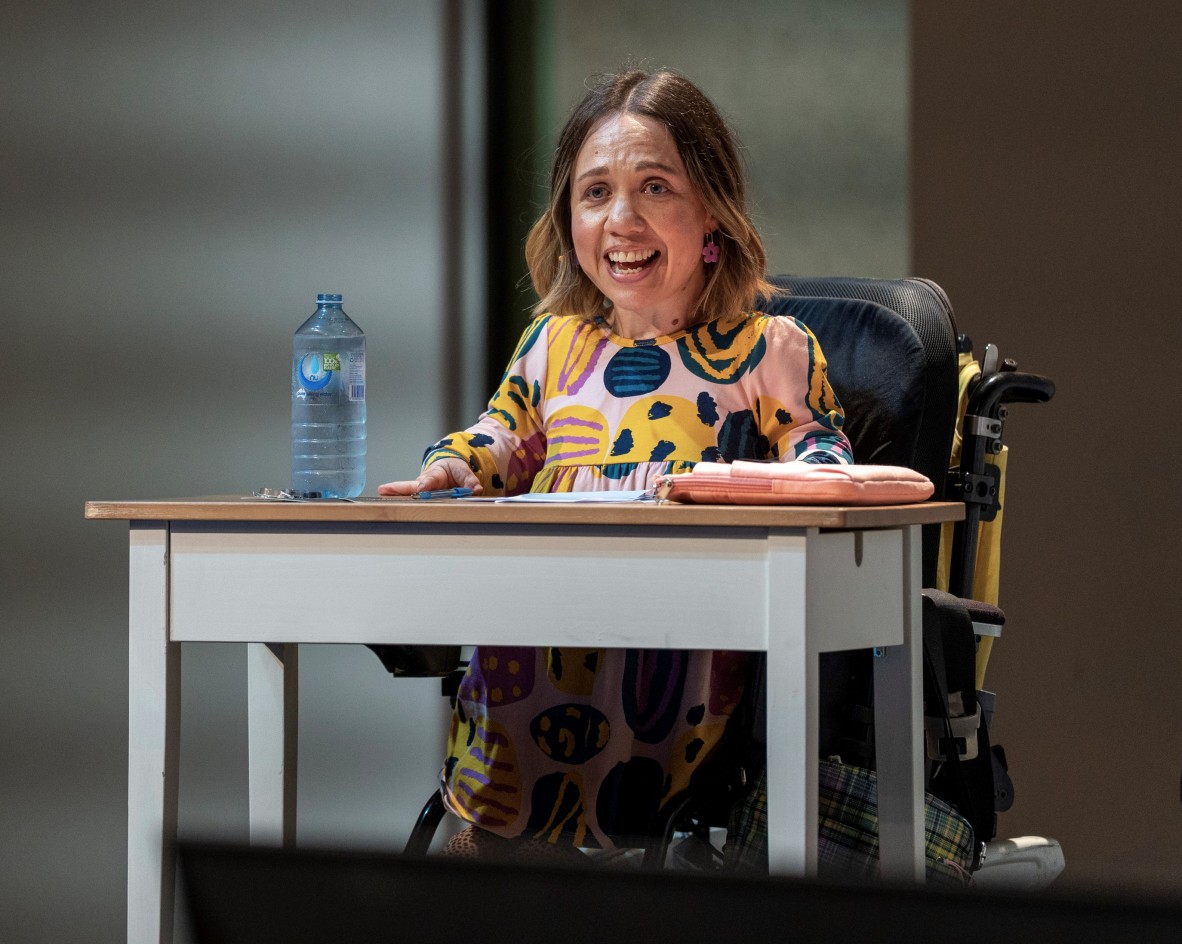
Dr Beth O'Brien facilitated the forum. Beth is a disability advocate and speaker and also works as the Director, Student Wellbeing at the Queensland Department of Education. Born with a rare form of dwarfism, Beth is a full-time electric wheelchair user. In her advocacy work, she has been involved in discussions with key business leaders about creating inclusive spaces; highlighted through media appearances the importance of normalising disability; and spoken about the importance of inclusive work and education environments.
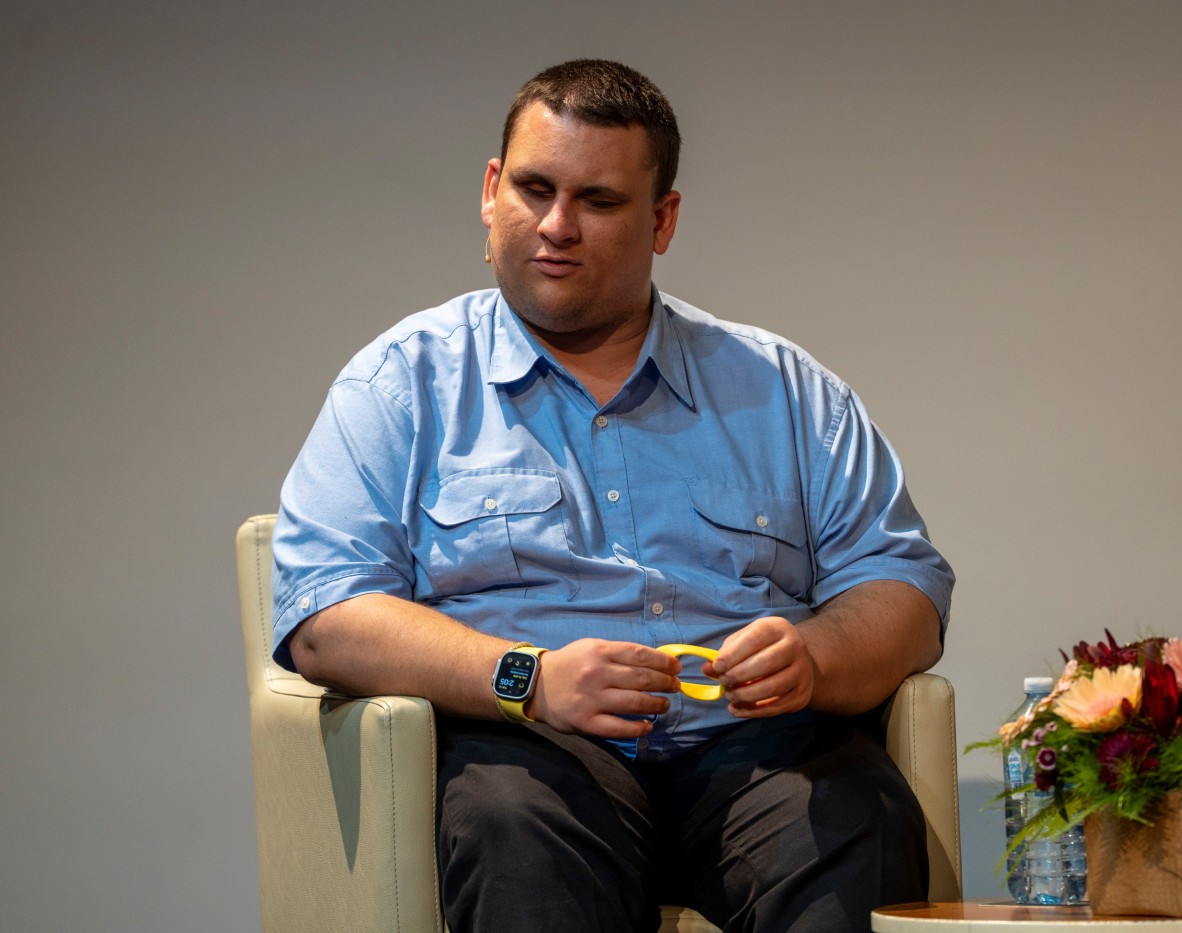
Brendon Donohue,has been blind since birth and is one of the 450,000 Australians who live with blindness or low vision. He experiences first-hand how frustrating it is for blind people to navigate a world primarily designed by and for sighted people. Brendon is kept busy assisting others with accessibility content design and training. He makes lives better by working with others to improve smart app and website accessibility design.
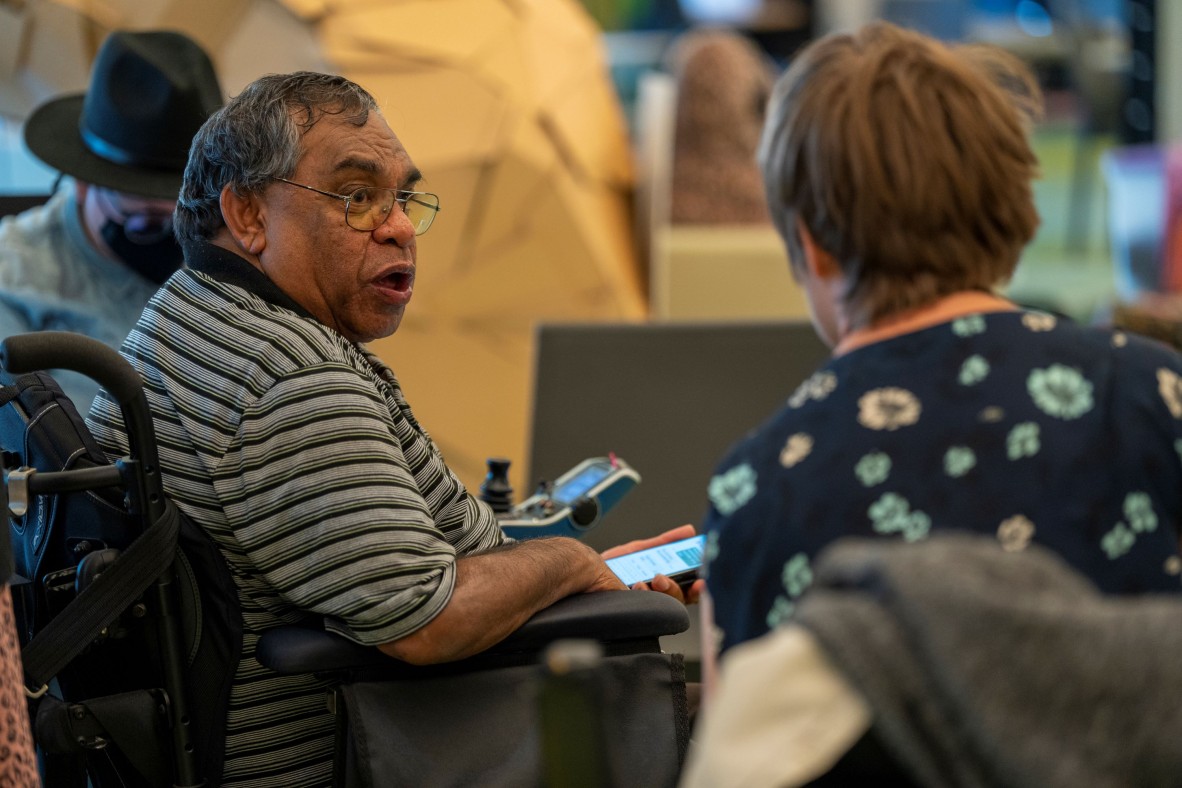
Uncle Willie Prince was born on Wakka Wakka country (Cherbourg) and has a Spiritual connection to the Kakadoon clan group in Mt. Isa. On the recommendation of the State Medical doctor he was removed from his Family and Culture as a 2-year old. Willie's later life saw him work at State Library of Queensland for 33 years. He has had a distinguished career in disability sports, carrying the Queen's baton in 2018. Nowadays he is a voice and advocate for Aboriginal people with a disability.
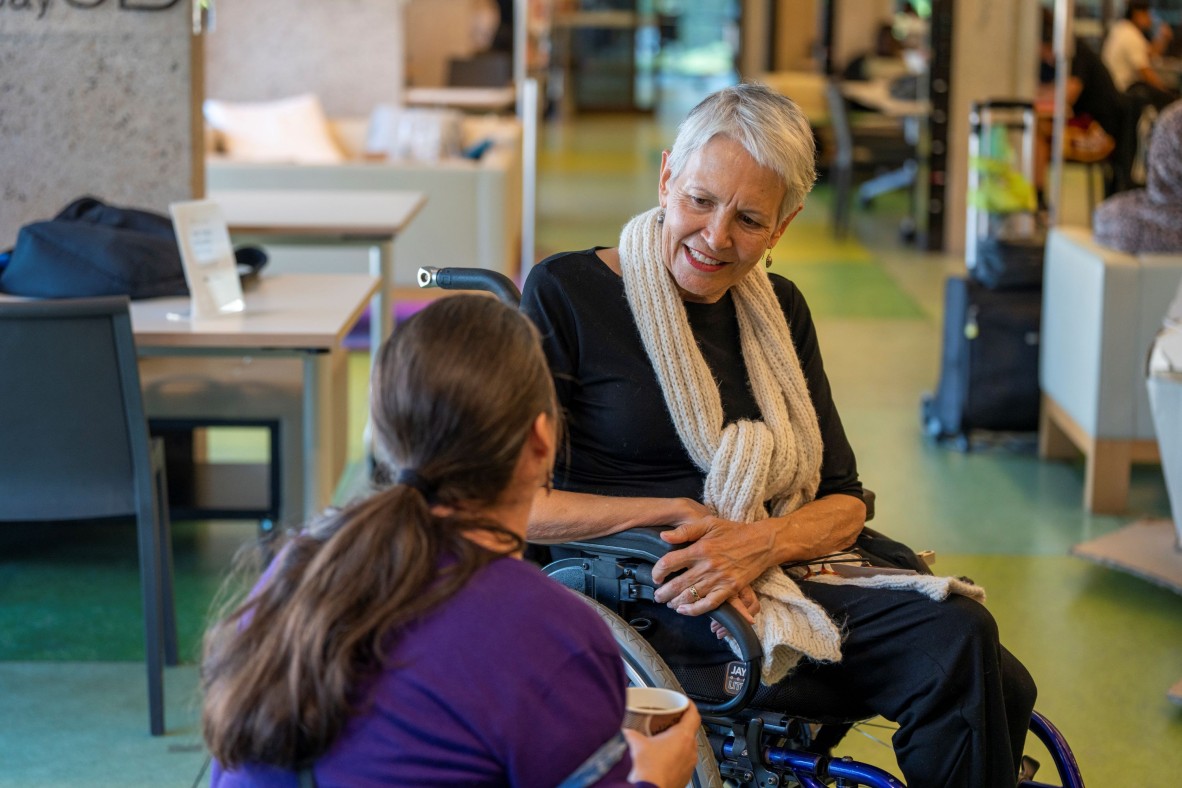
Lorraine Mulready is a retired occupational therapist. She worked for 42 years in hospitals, rehabilitation settings, the community and in private practice. She was diagnosed with Multiple Sclerosis in early 2000’s and continued working until retirement in 2021. She completed a Masters degree by research in 2015. Lorraine is wheelchair dependent, and lives independently. She applies her training and experience to her own situation and is keenly interested in the lived experience of all people dealing with a disability.
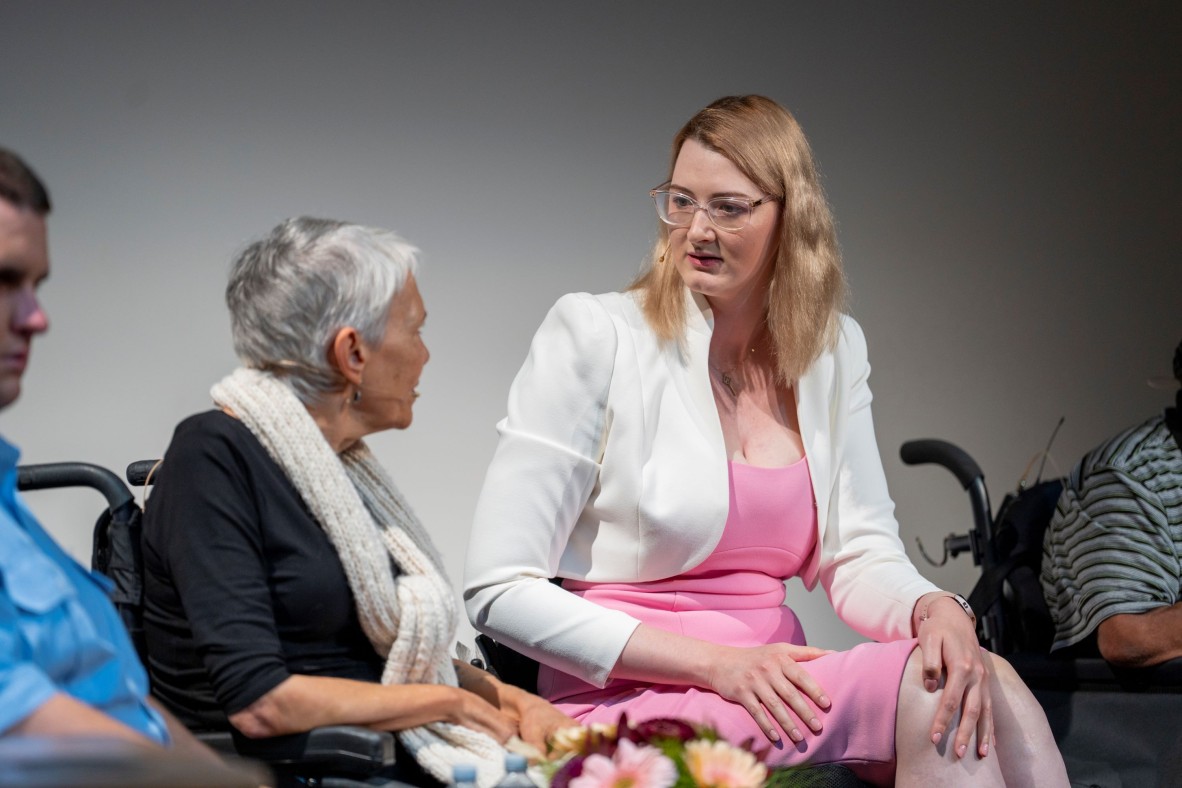
Kathryn Lyons is a passionate leader, mentor, advocate, change agent and ambassador focusing on universal inclusion for all. A visitor of The Edge for several years, Kathryn has overcome major barriers through her progressive degenerative unidentifiable connective tissue disorder. As an entrepreneur and innovator, Kathryn co-created Accessibili-t, focussing on finding inclusive solutions within society. An international public speaker, Kathryn recently returned from India where she talked about how cities are meant to be inclusive, yet there are physical and sociological barriers everywhere. Her aim is to unite all people and make communities much more accessible.
Karni Liddell was diagnosed with spinal atrophy at 12 months of age. Defying all odds, she went on to become a champion swimmer, breaking her first world record at 14 and winning bronze medals in the Atlanta Paralympic Games in 1996 and the Sydney Paralympic Games in 2000. She has held roles as keynote speaker, TV presenter and clinical social worker. Karni has worked closely with the Public Service Commission to increase employment of people with a disability across the public sector and is a member of the Premier's Domestic and Family Violence Council.
You CAN ask that!
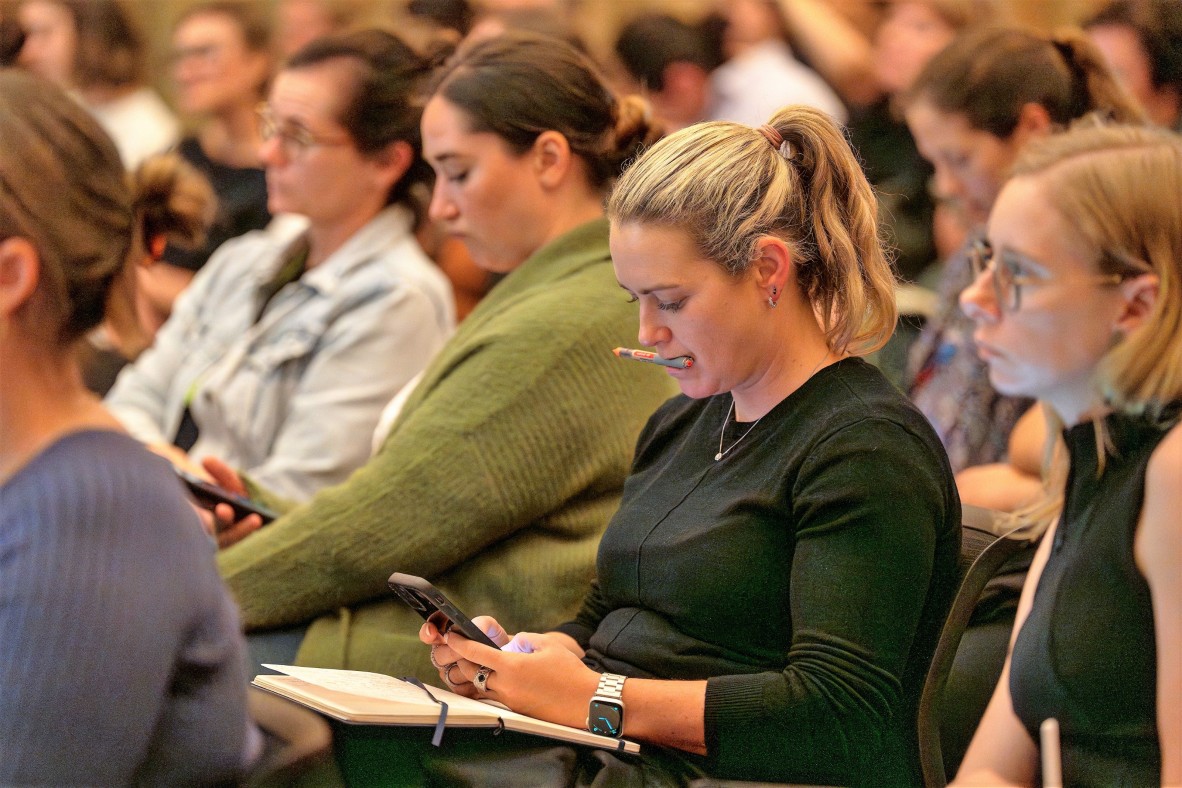
The forum took an audience-centred approach by relying on audience questions and ideas to draw responses from the panel. They used the Slido.com platform to deliver up the provocations and also upvote questions by others. With audience needs met by an authentic panel, the results were frank, funny, illuminating and truthful.
Questions and Ideas
A huge range of questions were directed to the panel including
- Is there an advisory group of people with lived experiences of various disabilities to help and advise over design choices?
- How do you push for equitable design rather than compliant design?
- Are there some good examples of accessible buildings in Brisbane?
- How can designers of spaces make people feel welcome?
- What issues and challenges are there to accessing online services? How to improve?
- How can people without a disability help advocate?
- Are there any best practices for accessibility or is it about human-centred design and designing with community?
- What are your thoughts on accessible clothing? How do you find fit for purpose and stylish clothes?
The audience was asked to propose their BIG ideas for making the 2032 Olympic and Paralympic Games the most accessible ever. Here's a sample of some of those ideas -
- Update Brisbane City footpaths. Unlevel surfaces made of different materials makes it very hard to get about.
- Remove traffic off the road and increase walkable and accessible green infrastructure.
- Design the athletes' village to ABCB Livable Housing Design Standard-Beyond Minimum. This standard allows access for everyone now and in the future.
- Have dedicated parking spots for scooters/bikes to ensure they don't block the footpath.
- Ensure all websites and apps meet W3C accessible guidelines, including use of plain English and diverse images.
- Ensure appointment and recruitment of persons with "lived experience" across Games leadership and governance teams, across all levels of Government
- Politicians constantly talk about Olympic legacy...our legacy should be to become the most accessible city in the world
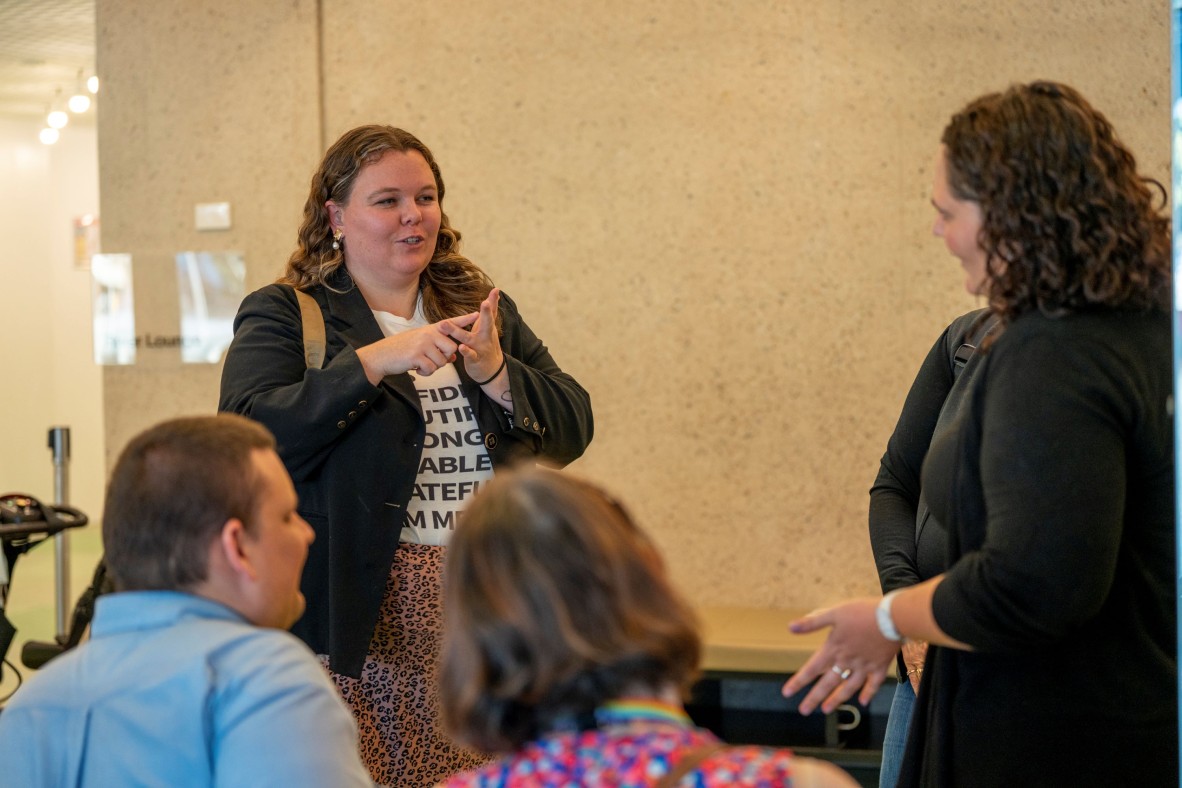
Key take-aways from the accessibility design forum
Consult, consult, consult! We shouldn't plan based on assumptions or planning for one or two "types" of disability. Consultation of a broad range of people experiencing a broad range of disabilities needs to be undertaken to ensure better design
Planners, architects and designers are looking for an advisory group of people with a lived experience to inform and test planning
Designers and community builders should work towards a Universal Design model where all people can access to a place, use an object, or have a similar experience in the same way. "So we can walk in together." Uncle Willie Prince
Accessibility design is not only planning for physical spaces and objects, it also involves online and digital experiences. This area is often overlooked and shows evidence of discrimination and oversight. Make sure you consult with people with a disability to check your design, don't just rely on computer generated accessibility settings.
Many commented that the forum did not cover the Deaf community, and those with neurodiversity and intellectual impairments. More needs to be done to consider these areas in accessibility design. Remember that good accessibility design also benefits the ageing population, those with chronic illness and parents with prams.
Everyone can help with accessibility design by advocating for people with a disability by speaking up, pointing out areas that need improvement, and communicating the possible impacts of the problem and the solution. "Be a hope giver, and a head nodder". Karni Liddell
If you're a business provide information about your access. "Allow us to make informed decisions" Beth O'Brien
The journey to an event or destination is more often the greatest challenge (eg. public transport problems, parking, road and footpath surfaces and curbing and channelling, signage)
Offer variety in your design. It may look good to have uniformity and sameness, but this design approach discriminates users who need varying levels, widths and space.
"Nothing about us without us! We need you walking beside us, not against us". Brendan Donohue Think about what you do and how that impacts people with a disability.
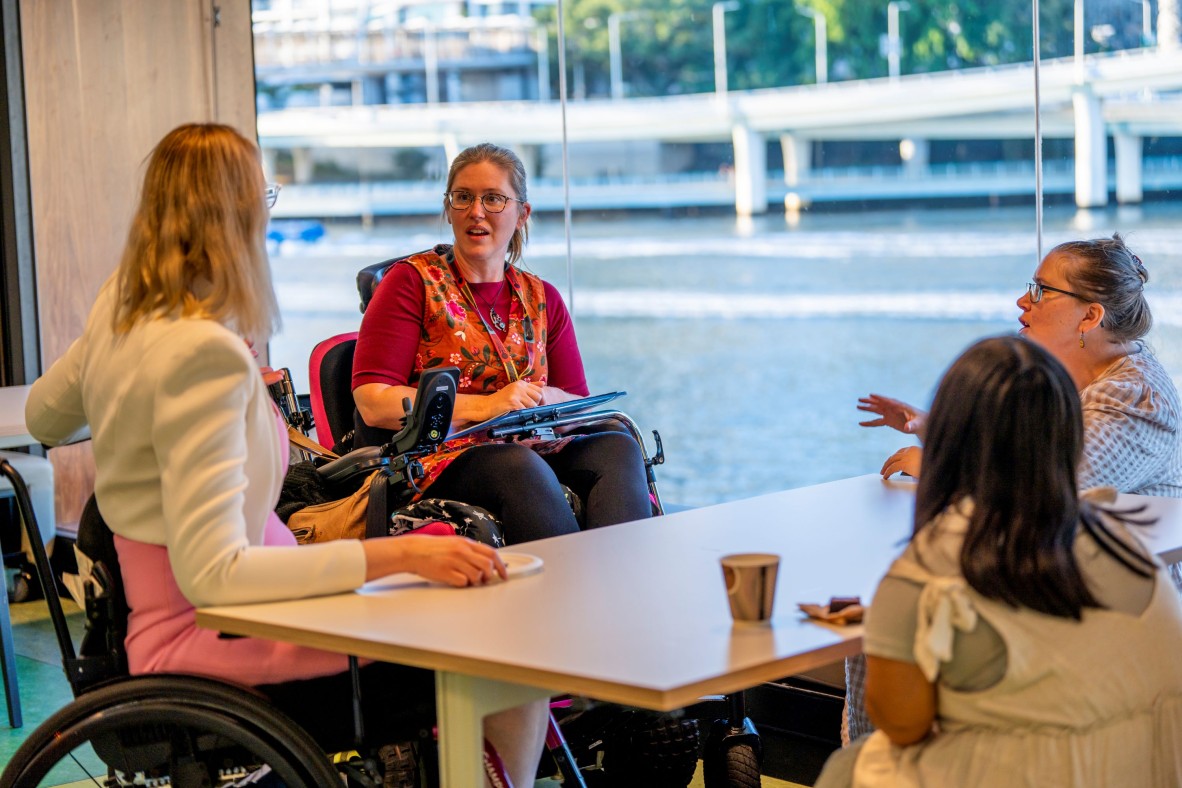
What next?
The accessibility forum has invigorated the programming team at State Library of Queensland to expand on some of the ideas and design challenges presented. We've started a wish-list of future initiatives we could take to play our part as accessibility advocates.
- "I think we could come up with a suite of eating implements that would allow us to eat with confidence and grace" Lorraine Mulready. The Applied Creativity team would like to speak with Lorraine further about how this design challenge could be incorporated into our Hack the Evening events, or as a stand-alone design salon.
- We could run a similar forum but this time have more intentional focus on the Deaf community, neurodiversity including autism, sensory sensitivity and ageing in place; areas that this forum did not address.
- Quite a few attendees, State Library of Queensland project officers and panelist Kathryn Lyons are interested in accessible fashion - we are interested in an accessible design fashion parade, a trade show for fashion businesses and a sewing workshop that retro-fits conventional clothing to become stylish, needs-specific items.
- If you can, share this blog and the link to the forum video far and wide to start new conversations and encourage others to put accessibility design in the spotlight
- A tour of The Edge's Innovation Lab (our makers' space) for designers interested in how they can use our digital design software, laser cutters, 3D printers, sewing machines, vinyl cutter and electronics bench to design and prototype accessibility solutions.
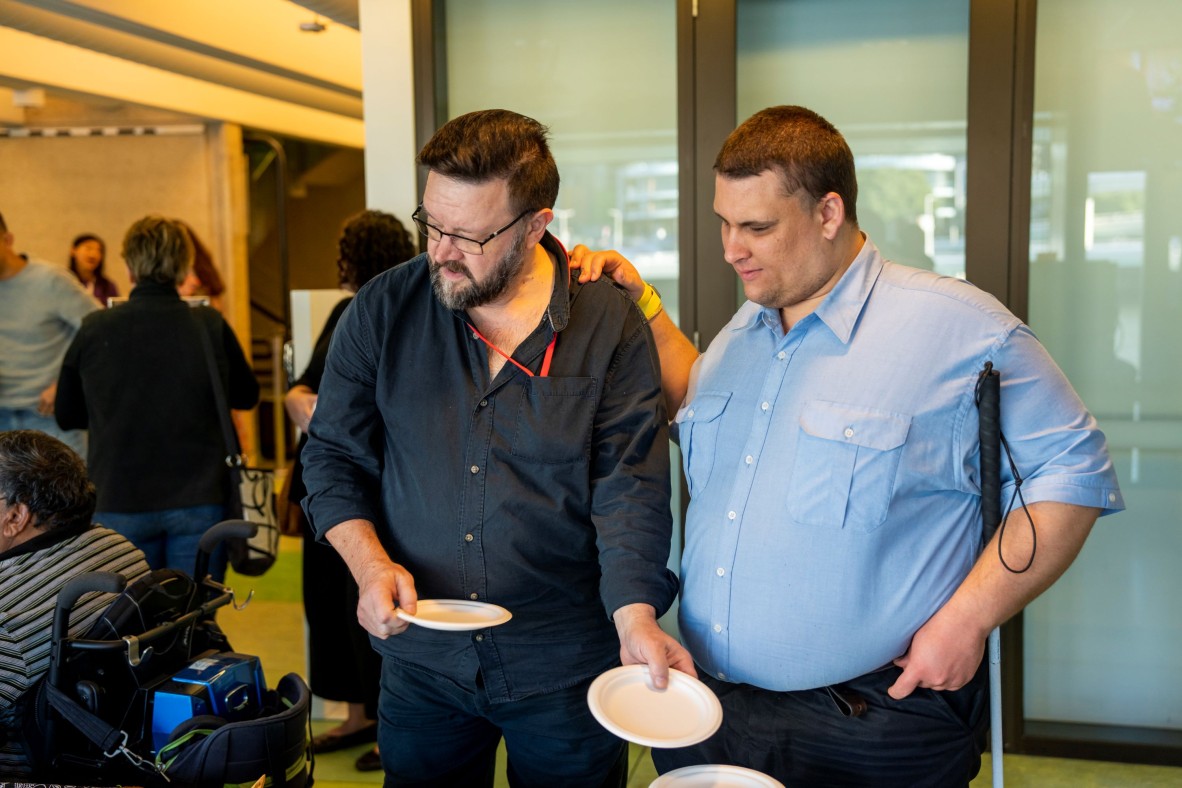
Forum audience feedback
- The forum was discussing really important issues that affect our city. It was professionally run and easy to access and best of all there was no cost barrier to attend - there needs to be more of these events and there needs to be more people in the room.
- I enjoyed hearing the perspectives of the panel, and loved the Q&A element.
- The access and venue was great and the topics were quite interesting and eye opening. The speakers were articulate and good to listen to.
- Best thing I’ve been to so far as part of APAF. Such a good crew of speakers together. I look forward to sharing the recording with colleagues.
- A unique and generous opportunity to learn and get insight into different experience of the built and online environment.
- It was a very interesting and insightful discussion. It was interesting and quite shocking to hear of the barriers that people with disabilities face in their daily lives and the things we can do to help them make their lives easier and feel more included
Watch the Accessibility forum: you CAN ask that!
This video runs for 1hr 40mins - it includes Auslan interpretation. A copy of the transcript will be available soon.
Comments
Your email address will not be published.
We welcome relevant, respectful comments.